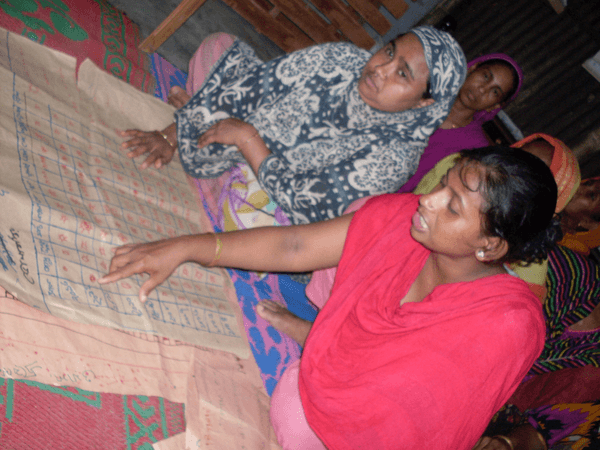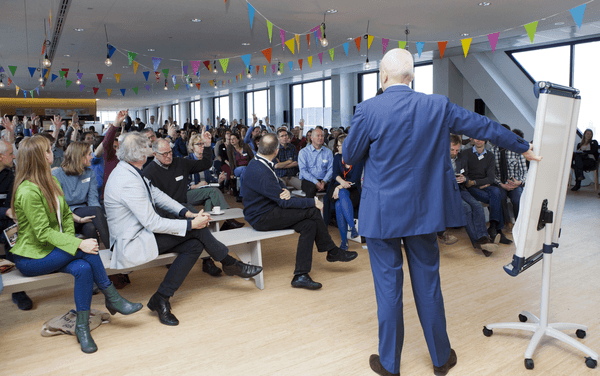
City
Ahmedabad
Main actors
City Government, Private Sector, NGO / Philanthropy, Community / Citizen Group
Project area
Neighborhood or district
Duration
Ongoing since 2002
A programme to connect 200,000 poor households to the public electricity grid.
In 2001, to address the issues of illegal electricity connections, the Ahmedabad Municipal Corporation initiated a pilot project to connect 800 poor households to the electricity grid within a three year time frame.
The success of the pilot phase resulted in the expansion of the program. The Ahmedabad Municipal Corporation together with the Ahmedabad Electricity Company (AEC), Self-Employed Women’s Associated (SEWA) and SAATH Charitable Foundation and numerous neighbourhood committees worked collaboratively to extend safe electricity connections in slum areas and helped thousands of households convert to the new system.
Since 2008, approximately 200,000 poor households have been connected to the grid and now benefit from reliable power services and the loss of energy for the utility companies has been reduced by 30%.
External links / documents
On Map
The Map will be displayed after accepting cookie policy


